It’s an exquisite Indian-summer day in the woods near the Russian River, 90 minutes north of San Francisco, and Eli Horowitz wants to show me his grow room. It’s not a real grow room, inasmuch as there’s no marijuana inside — even though the leftover wiring from the previous owners strongly indicates that there once was. But he’s transformed this room, in the basement of one of three ramshackle cabins he’s nursed back from disrepair and regularly rents to guests, into a sort of magic door: Lift the right book on the shelf he’s perched in its middle, and it swings open. It’s just one of dozens of make-shift wonders in his cabins, which look like they’ve been wrested from the depths of a bizarro, dollar-store version of Etsy.

“I got that from an antique shop in Sebastopol,” he says, gesturing to a 2-foot-long panorama capturing the 50-plus members of Native Daughters of the Golden West, taken sometime in the early 1900s. Every object has a simple story: “That doesn’t work,” for a hand-cranked phonograph. “My friend found these on the street in San Francisco, and knew I’d want them,” as he takes out a set of loose Rolodex cards with the names and phone numbers of prominent movie stars from the 1980s — Winona Ryder, Marlon Brando, Eddie Murphy. There are at least three typewriters. There are old report cards and inscrutable knickknacks and several items that Horowitz, age 38, scavenged from the free pile right next to the dump. On a 2-inch-by-2-inch square on the floor where a beam once stood, he’s lettered "WELL HELLO THERE."
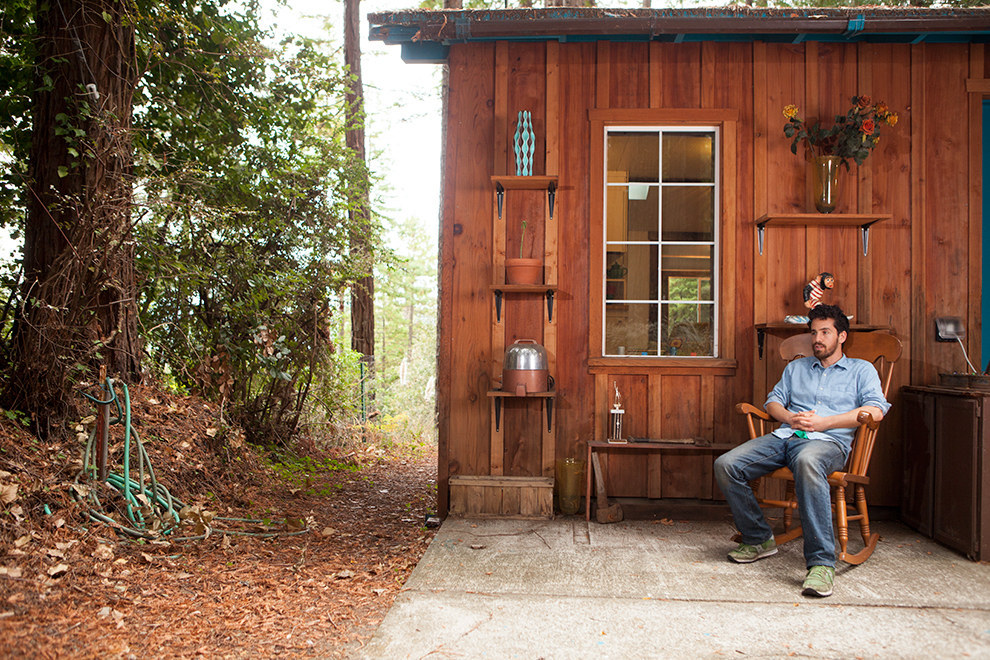
This might all sound very precious, or very insufferable. But Horowitz is used to people feeling that way: It’s the same sort of criticism that’s long been levied at McSweeney’s, the indie publishing organization that Horowitz ran for the better part of a decade. The cabins expand upon the aggressively twee style that made McSweeney’s publications into bookshelf fixtures in Brooklyn studios and dorm rooms across the land, but the work Horowitz does in those cabins is anything but stale. It sounds hyperbolic, but it’s true: He’s radically rethinking the boundaries of narrative and our expectations for the technology that surrounds us.
At the moment, Horowitz is commissioned to figure out a new form of audio tour for the San Francisco Museum of Modern Art and putting together the narrative puzzle pieces as a contributing editor of Starlee Kine’s Mystery Show podcast. He’s editing a narrative project called bcc that plays out in the form of a series of back-and-forth emails between two characters — on which the reader is bcc’ed. But most urgently, there’s The Pickle Index, his collaboration with developer Russell Quinn, which aims to effectively reconceptualize the book — in its digital and printed forms alike.
Horowitz helped change the book world once. Can he do it again?
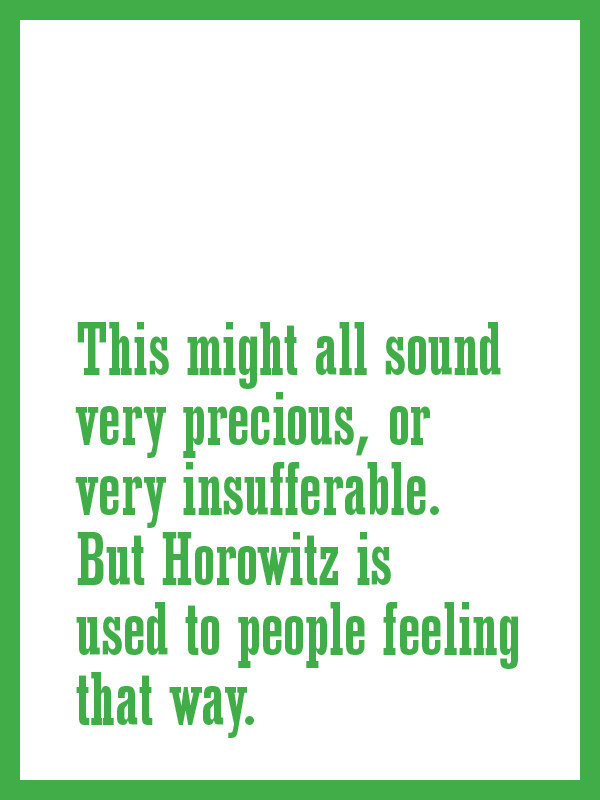
Horowitz’s name is on five books; as an editor, he's worked closely with dozens of authors, including those of Dave Eggers, indie filmmaker and artist Miranda July, essayist Wells Tower, Michael Chabon, Joyce Carol Oates, and Denis Johnson. Every book he’s written has been optioned for film or television: The New World, published in May, was optioned by Olivia Wilde; The Silent History, a digital app turned paperback from 2012, is slated to become AMC’s new prestige drama. “Everyone who knows him thinks of him as their secret weapon,” July told me.
But to understand how Horowitz arrived at this position of would-be digital visionary, you need to understand a few things about McSweeney’s, and the attitudes at its core. Much of it can be traced, at least originally, to the ethos of Dave Eggers — who, in the early ‘90s, moved to San Francisco and launched satirical magazine Might and slightly less satirical lit magazine Timothy McSweeney’s Literary Tendency. In 2000, Eggers, then 30, published his unconventional memoir A Heartbreaking Work of Staggering Genius, which became a best-seller and a nominee for the Pulitzer Prize.
With Heartbreaking Work, what had been a largely San Francisco-based literary phenomenon went national, and the Eggers name — and McSweeney’s along with it — came to stand in for a particular mix of playfulness and sincerity, doubling down on the intrinsic value of the printed object as the specter of a digital, bookless future started to haunt publishing. McSweeney’s can thus be understood as an attitude (optimism), a tone (oscillating, dynamically, between sincerity and satire, but never irony), and a posture (open).
Enter Horowitz. “The mythic version of how I came to McSweeney’s is pretty much true,” he told me, settling into a couch at the cabin. “826 Valencia (a writing tutoring program launched by Eggers) was getting ready to start. They needed help building the place, and I had this mild carpentry background — I’d taught myself from a book — so I helped build the Pirate Supply Store,” the storefront attached to the tutoring center that sells McSweeney’s publications and, uh, pirating supplies.

“They needed someone to sit at the register,” Horowitz tells me. “So I did that, and I would read books, and Dave saw that. He was busy trying to finish his first novel, You Shall Know Our Velocity, and he was like, ‘Wanna read this and tell me what you think?’”
Three months later, Horowitz found himself the managing editor of McSweeney’s. “There wasn’t anyone else around to manage,” he admits. “Which was good, because I didn’t know anything. None of us had ever worked in publishing before.”
Horowitz says this, like he says everything, with a tone of slight bemusement. His work has a sense of humor that oscillates between wry and farcical. He loves digressions and declaring new sections of conversation: “Now that’s a topic.” He’s around 5'10", and feels coiled, like you might get an electric shock when you shake his hand. Chris Ying, editor-in-chief of the food magazine Lucky Peach, which launched under McSweeney's, describes his mind as “endlessly churning.” In his demeanor, like his cabins and his projects, there’s a sense of “the new sincerity” — a term from music and film criticism often affixed to McSweeney’s. He might joke about the shitty construction of the dumbwaiter he made to bring up his book to one of his sleeping lofts. But he deeply, unmistakably loves it.
Horowitz winds through the story of how McSweeney’s gradually became more and more of a thing. In 2003, there was the launch of The Believer, a sister publication for interviews and nonfiction, the second 826 outpost in Park Slope, Brooklyn; then, a slew of books with the McSweeney’s imprint, all solicited and edited by Horowitz. And the predictable backlash: In its inaugural issue, the literary journal n+1, largely composed of East Coast intelligentsia, railed against it, calling Eggers and his followers “a regressive avant garde.”
Through all of this, Horowitz was holding the place together. He didn’t have Eggers’ visibility or celebrity, but behind the scenes, he was refining the voice and sensibility of the organization. He was editing and fixing the printer and figuring out how to make the postage work when the new issue took the form of a mass of old-timey letters and pamphlets in a box. “He came up with some of the best and strangest concepts for the journal and for our books,” Eggers told me. “He embodies a rare dichotomy of being very organized and very calm, but also has the soul of an artist.”
McSweeney’s, I’m told by others who’ve lived through it, was like any other close-knit organization, literature-based or otherwise, in that it functioned somewhat like a cult. And when you were in, you were in deep: Everyone was breaking laws and cutting corners and fucking around and each other.
So when I ask Horowitz, who left in 2012, if he’s nostalgic for those years, he looks at his lap and makes a laugh that sounds like a sigh. He pauses, gathers himself, half-smiles.
“No. That’s not what I feel.”
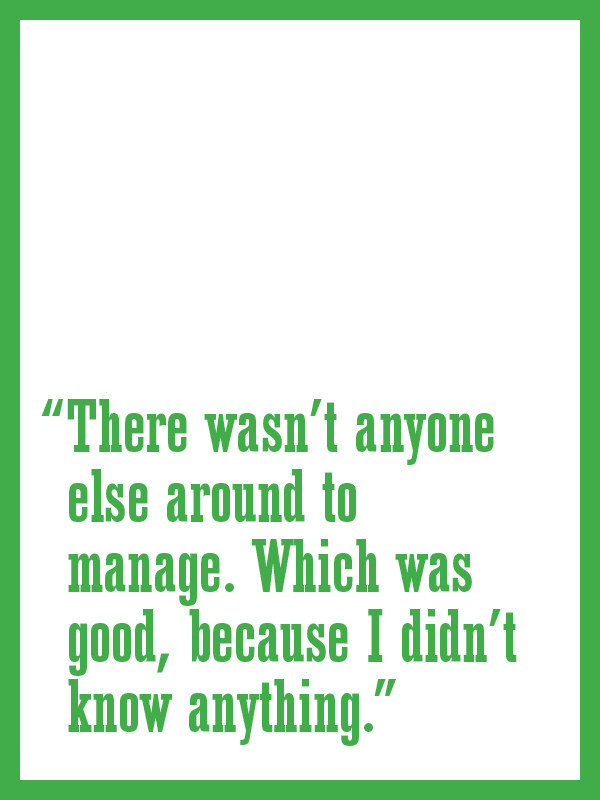
We’re driving West toward Goat Rock, which Horowitz has promised me is where they shot the last scene in Goonies. Walking the beach, Horowitz returns to the subject of McSweeney’s. “I obviously learned a ton. And it was an opportunity I did not earn — I was in the right place at the right time,” he says, choosing his words carefully. “But I liked the idea of having an end point. Nothing lasts forever. So you either pick when it dies, or we just let it slowly become inevitably dead. And I worked very hard there. But it was a struggle.”
He’s talking, at least in part, about the way in which McSweeney’s has become notorious amongst writers for not paying. And not just “not paying” the way that all small lit mags didn’t pay writers back in the early 2000s, but not paying after promising to pay. McSweeney’s finances have been troubled for some time, a natural result of running an organization that thrives on risk, both editorial and financial. In recent years, it's sold its archive, shifted to nonprofit status, and moved to a Kickstarter fundraising model for various projects. But they’re all, to some extent, stop-gate measures.
When Horowitz left his position as publisher in 2010, it was unceremonious. “I didn’t have a last day,” he told me. “There was no goodbye email.” And while he continued to edit a handful of books that he’d taken on under the McSweeney’s imprint, he was ready to untangle himself.
“Eli’s a masterful conceptual thinker, and he’s able to take an idea and extend it and elaborate on it in a way that’s not only internally consistent, but can feel seamless,” Jordan Bass, who worked with Horowitz for nearly a decade and now heads McSweeney’s, told me. “Everything, from McSweeney’s to the stuff he’s doing now to the cabins, has that sort of “if/then” quality to it. Like, “If I were to live in the woods, then how would that work?”
Or: If a journalist comes to the woods to hang out with me, then I will take her to a Russian socialist restaurant.
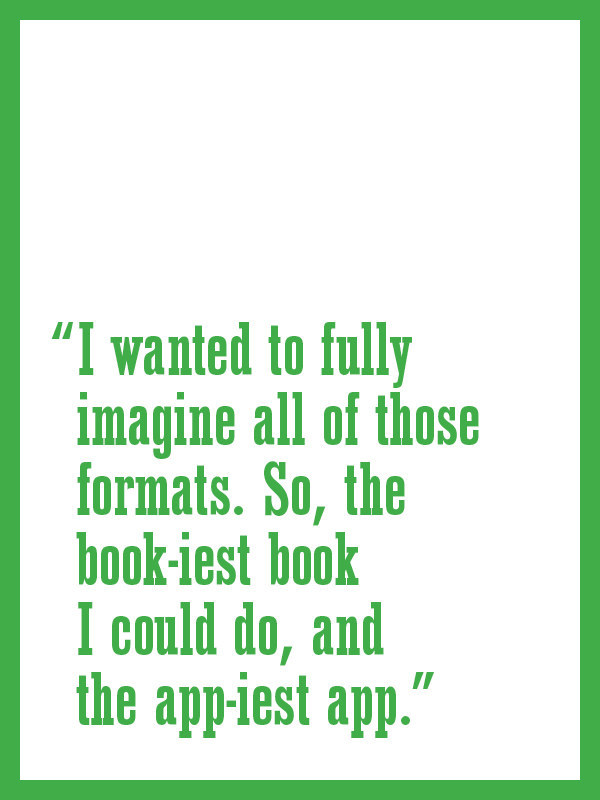
The restaurant’s actually called Russian House #1, and it is “culture center of a consciousness revolution,” as its website puts it. When we walk in, there’s a long table with premade salads, and a stunning blonde woman with a thick Russian accent asks, “Are you familiar with our concept?”
The concept, in short, is that the restaurant always has a bunch of Russian food, and you can always come and eat it, and you pay what you’re able. It practices radical business transparency — its daily budget is posted next to the door — and the current offerings include persimmons, borscht, duck, and old-world goblets of kvass, which tastes like prune juice, only richer.
“I feel so proud that I get to be here during its existence,” Horowitz says, cleaning his plate. “It feels like a thing that, sometime in the future, people will tell stories about.”
Before Horowitz left McSweeney’s, he’d already saved up enough to buy his first cabin, a foreclosure, at a rock-bottom price during the height of the economic downturn. He did so by exercising a legendary level of thrift: Chris Ying told me a story about a barbecue, hosted by Horowitz, in which he failed to supply any food items, as he had be subsisting on a diet of beets for a week, mostly out of convenience. That cabin was technically his first: In the early 2000s, he’d cobbled together a shack on a cheap parcel of land that his parents, along with a few friends, owned in Central Virginia, and where he’d gone to practice a “language-free existence” after college.

“I did it for two and a half days,” he explained. “There were these dogs that came down from the woods every day, and I hung out with them. And the plants I was clearing, I had dialogues with them, dramatizing the relationship with the bushwhacking. But I never broke through the boredom.”
That experiment — like his periodic dabblings in meditation, and the fact that he’s “plenty able to be alone, probably to a fault” — all point toward the plot of Horowitz’s first digital project: The Silent History, in which some children are born without the capacity to speak or understand language. In some ways, it's classic McSweeney’s, especially in its capacity to go deep down the rabbit hole of weird — and to ask the reader to think differently about how a narrative could unfold.
Silent was co-written with Matthew Derby and Kevin Moffett, but its original form, released in 2012, lived exclusively within an app, which featured a series of fictional testimonies of those associated with the “Silents.” Readers could upload their own contributions to the history and seek out geotagged locations where, once present, they could unlock additional testimonials. In 2012, Apple named it “Best Hidden Gem”; Wired called it “entirely revolutionary.” But it was only after the fact that the authors consented to collect those histories into traditional book form, published by FSG Originals. “At the time, digital books were pretty dumb,” Horowitz tells me. “Someone would write a book, and just add something on. So we made the app the main event: There was no form that it was secondary to.”
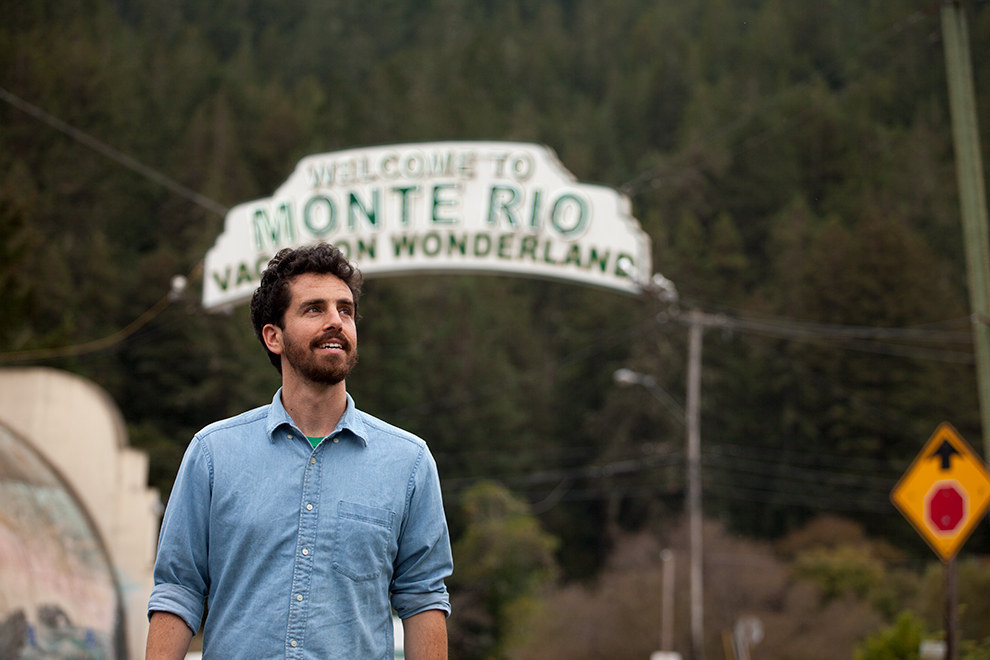
Horowitz applied the same philosophy to his newest work, The Pickle Index, which tells the story of a delightfully unskilled circus troupe against the backdrop of a fascist dystopia, united by a forced devotion to fermented items. “There are all these different ways that you can read that are valid, so I wanted to fully imagine all of those formats. So: the book-iest book I could do, and the app-iest app. Even the paperback, and the Kindle version. They’ll have their own sort of thing, with different reaches and different audiences.” For the hardback version of The Pickle Index, you go back and forth, chapter to chapter, between two beautifully illustrated volumes, each around 100 pages. For the paperback, those chapters are integrated, this time with accompanying woodcut illustrations. And then there’s the app, which releases sections of the narrative over the course of 10 days.
Horowitz paid for the 5000-copy hardcover run himself; whatever profits it and the app makes will be his and Quinn's. When I ask how he’ll know if the project is a failure, he pauses. “I don’t see how this project could fail,” he says. “It just is! It might turn out well, people might like it, I might think back on it more fondly or less fondly. But it can’t be a failure. Failure is when you’re trying to be the No. 1 photo sharing platform, and then you either are or you aren’t.”
Which is something Horowitz is uniquely capable of saying, of course, from the cushion of one of the Airbnbs that effectively bankroll his experimentation.
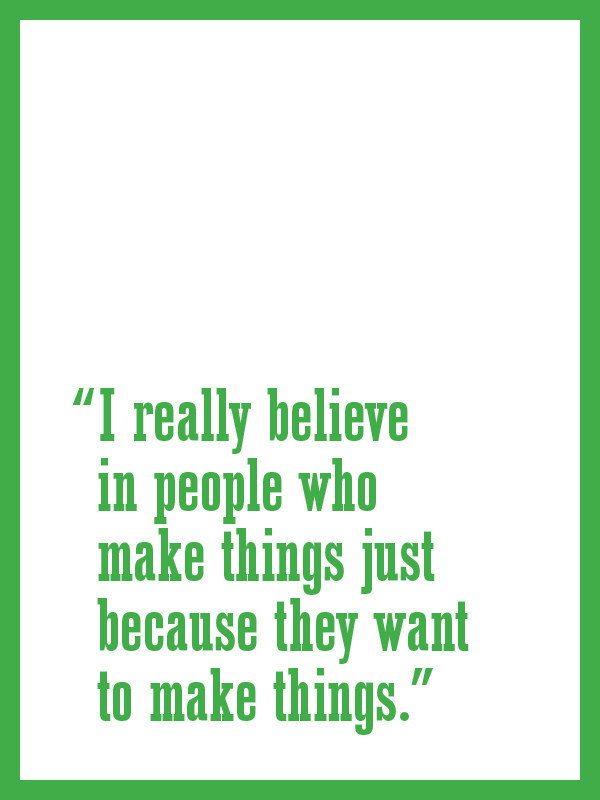
It’s pitch-black along the River Road back to Eli’s other cabin. He points out a roadside establishment, TJ’s Grill at Angie’s George’s Hideaway, whose name pleases him greatly. He’s pleased so easily, really: by a good garage sale, or teaching himself how to fix something, however poorly, so long as he learns something in the process, or by the artist who creates simply for the process, the doing, of it. “I really believe in people who make things just because they want to make things. Like a guy who dies, and you look in his backyard and find 700 little sculptures of little dudes. Like that.”
That ethos, however, is alien to the structures of the mainstream publishing industry, which ask for pitches with concrete promises of a final product, a certain audience: concrete markers of success. The sort of things that are hard to think about when you really just want to fiddle your way through a process, living the platonic ideal of the artistic experience, unencumbered by monetary concerns. Which is why Russell Quinn described the unifying quality of Horowitz’s projects as “low risk.”
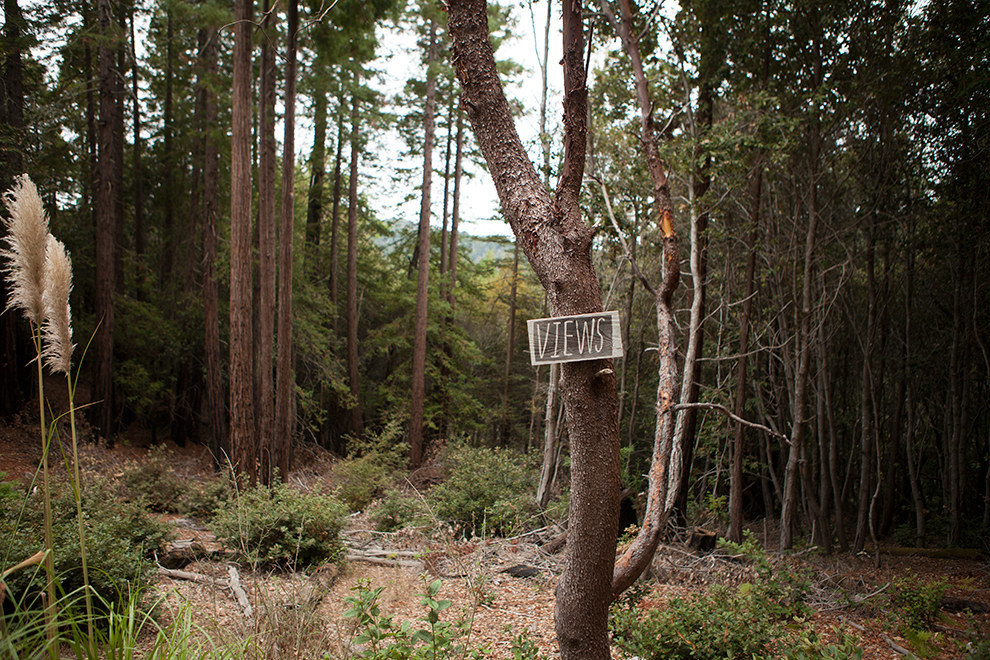
“A lot of Eli’s projects appear to be big and monumental,” says Quinn, who lives in a geodesic dome, a five minute drive from Horowitz. “But even his cabins come from a place where he would rather buy a cheap thing and do it his way than buy a suburban house and do it up. Same for projects: We like thinking about how we can do them just the two of us. Because Eli has to get past the point where he doesn’t hate what he’s working on, and he doesn’t want to do that publicly, or with backers, or selling the concept of a book before it’s written. It’s a low-key humbleness: not figuring things out until the end.”
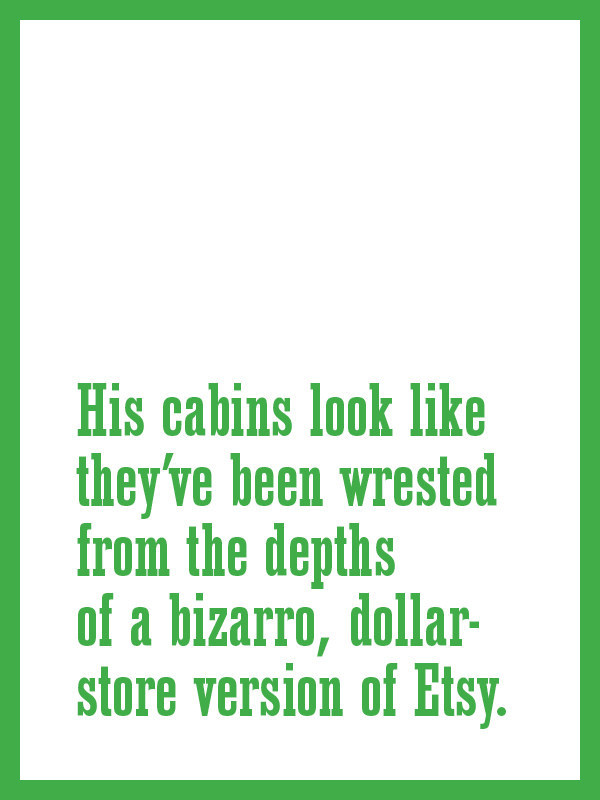
That night, I sleep the sleep of the well-cabined, and the sunrise wakes me instead of an alarm. We have plans to explore the app for The Pickle Index, but once we open it, I’m immediately confused: “Wait, how do I get the story?”
Horowitz laughs. My confusion — or at least the inability to immediately find the narrative — is part of the point. “We understand technology as a tool to give you exactly what you want, and in the most frictionless way possible,” he says. “If you open up an app and it’s confusing, it’s failing. But think about a work of art, or a book, or a movie: You might not know what’s going on in the first scene, and that’s not even crazy, that’s just normal. We accept that the reader or viewer is going to meet the creator partway. In digital projects, we don’t understand that; as a result, we also don’t understand how limited our options and offerings are.”
Our current attitude toward apps and their utility didn’t have to be this way. “There’s this app developer named Scott Snibbe who made Bjork’s ‘album’ of apps, back in the early days. He thought apps were gonna be like albums: You’d collect a bunch — like, 80 on your phone — and you could show them off. But that’s not what happened. Instead, apps became tools, because the money went to things that could be huge and scalable.” You can’t make an artisan, bespoke app, then, unless you can make it “useful” enough that everyone with an iPhone will download it.
“Making apps is hard. Like, extremely hard,” says Craig Mod, who’s been writing and thinking about digital publishing for years. “And the skills required to make a formidable and cohesive book-as-app are well beyond the grasp of many publishers out there. At the same time, I don’t know how to imbue programmers with the ability to craft narrative or nurture writers as some of these old publishing houses do. Which is what makes Eli and Russell Quinn so fascinating: Russell is a gifted programmer, yet he’s willing to eschew some portion of nonsensically profitable commercial jobs and work with Eli in something akin to artistic collaboration. They’re a kind of miracle.”
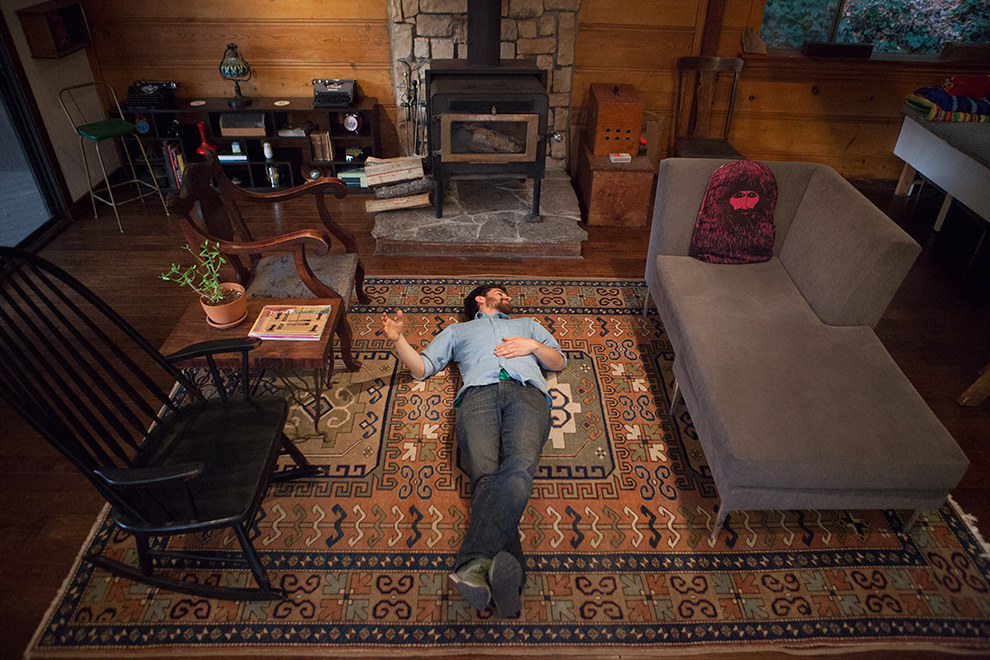
But Horowitz is wary of saddling the work with definitive labels, as they only set objects up for failure. “The backlash comes when people are forced to take a position — that’s when they can become small-minded. When they have to decide whether or not it’s the future.” Take, for example, the New York Times review for The New World, his collaborative, digital sci-fi project with Chris Adrian: “Weren’t we all excited, back in the ‘90s, about what technology would actually do to storytelling? It turns out we don’t want tech-aided experiments in form so much as little Kindles lighting our faces on subways and planes and in darkened bedrooms.”
But no one project can bear the burden of singularly changing readers’ expectations for reading, or what the future of reading might look like. “We need to treat digital as a space that can have its own experimentation — that can be something you have to wade through before it reveals itself.”
Which is what we spent the next hour doing, discovering ways that the app disciplines and tricks and delights and, gradually, reveals a section of the narrative that I’d read, switching from book to book, in hardback form. And an opportunity to submit a recipe to the actual Pickle Index, which is a phrase that won’t make sense until you enter the narrative yourself.
He tells me about how he’s gone deep into early-retirement blogs, which preach the gospel of working hard, saving everything, and quitting traditional work before you’re 40. “And I had this realization ... that maybe I’m retired?”
Horowitz doesn’t have an employer. He has a place in San Francisco and others in the woods. He spends his days dinking around the house and chasing weird artistic hobbies, and devotes a lot of time to reading about the Washington Wizards and occupying a position of vague cantankerousness. He has a steady source of monthly income. He has all the liberty — and incredible privilege — of the retired person to seek out what pleases him and invest in it as he will. Even if The Pickle Index ends up a noble failure, his relative independence — financial, structurally — ensures he’ll be able to continue to tinker away with the boundaries of narrative.
Horowitz was at the very center of what, in hindsight, feels like a particular moment in publishing, when a group of outsiders, loosely configured, powerfully suggested that the material culture of books mattered. The way a book looked and felt, the touch of it in your hand, the thread with which the book was bound and the heft of the paper, all of it mattered. “When McSweeney’s started, literary journals had a real malaise,” Horowitz says, pronouncing the word like he’s allergic to it. “And a lot of what we offered was a real excitement — in how things were created, how they were printed, how they were talked about.” But that movement was also largely male and mostly white. The majority of those who ended up manning it were those who could afford the luxury of an unpaid summer internship.
And while the printed book remains a fetish object, the McSweeney’s age — and particular type of readership it attracted — feels increasingly out of sync with the most vibrant strains of contemporary book culture. It’s not that physical culture doesn’t matter anymore — indeed, Horowitz is still fiddling with it constantly, and print sales are actually on the rise, as e-book sales, and the terror that accompanied them, subsides. But the most cutting-edge, exploratory, challenging, and playful work in books isn’t going on in a publisher’s office, but in various digital spaces, where Tumblr and Twitter incubate and encourage a panoply of voices. Horowitz isn’t a part of those worlds. But he is a part of a different, slightly less connected, slightly more esoteric one, equally explosive with potential, in the woods near the Russian River.
“That’s why I made The Pickle Index in so many forms,” Horowitz said, driving home in the pitch-black, starry night. “To say there’s not a future; there are futures.”

